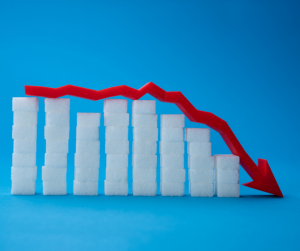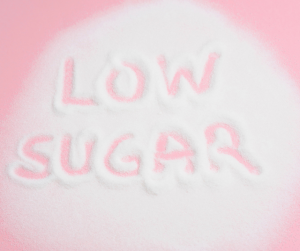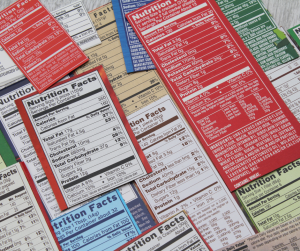The Bitter Sweet Truth
We tend to view food as either “good” or ”bad” for health, and companies capitalise on this mindset. Through carefully chosen language on their packaging, brands can give a healthy impression, even when the truth is more complicated.
Labels like “no added sugar,” “organic,” “natural,” and “naturally occurring sugars” can create a “health halo” around products, often leading parents and consumers to believe they’re making healthy choices. Recognising these tactics can help us to make more informed decisions about what we’re really consuming.
The World Health Organisation (WHO) links excessive sugar intake to obesity and various health issues, so understanding these labels is essential. Recognising these tactics can help us to make more informed decisions about what we’re really consuming.

No Added Sugar
The term “no added sugar” may imply a product is low in sugar. However, such products often contain naturally occurring sugars from sources like fruit juices or concentrates, which can contribute just as much sugar—sometimes more—as items with added sugars.
For example, many fruit-based snacks and smoothies labelled “no added sugar” are actually high in sugars derived from purees, which can elevate blood sugar levels similarly to refined sugars.
Naturally Occurring Sugars
“Natural” sugars sound healthier, but the body processes sugars from sources like honey, agave, and fruit juice concentrates just as it does refined sugars. These sugars can still cause blood sugar spikes and generally lack fibre, which would otherwise slow sugar absorption.
Many yoghurts and cereal bars tout “naturally occurring sugars” from ingredients like honey or dried fruit, yet they can still deliver significant amounts of sugar.
Low Sugar
The “low sugar” label can be particularly misleading. Low-sugar products often replace sugar with artificial sweeteners or sugar alcohols, which may have adverse effects on gut health and may not reduce cravings for sweets.
Additionally, “low” is defined by legal standards rather than an absolute measure of sugar content. Some “low-sugar” desserts or ice creams contain nearly as much sugar as standard versions, with added ingredients to maintain sweetness.

Made from Real Fruit
Although “made from real fruit” may seem nutritious, it often refers to fruit purees, concentrates, or powders that have been stripped of fibre and some nutrients. This can leave a product high in sugar without the benefits you’d expect from fresh fruit.
Fruit-flavoured snacks and juices labelled with “real fruit” claims can have sugar levels comparable to candies or sodas, despite appearing healthier.
1 of Your 5-a-Day
The “1 of your 5-a-day” label on processed fruits or vegetables can be misleading, as these products often lack the fibre and nutrients of whole foods. Some may even contain added sugars or salt, which can offset their health benefits.
For instance, some vegetable soups or fruit juices that qualify as “1 of your 5-a-day” are high in sodium or sugar and may lack the fibre found in fresh produce.

Final Note
Food labels can be complex, and it’s easy to be swayed by claims that make products seem healthier than they are.
Becoming aware of these marketing tactics empowers us to make more informed choices about what we’re actually putting in our bodies.
We believe in transparency and empowering our customers to make the best choices for their health.
Wanna Chat?
Say hello
Get in touch or come for a visit
